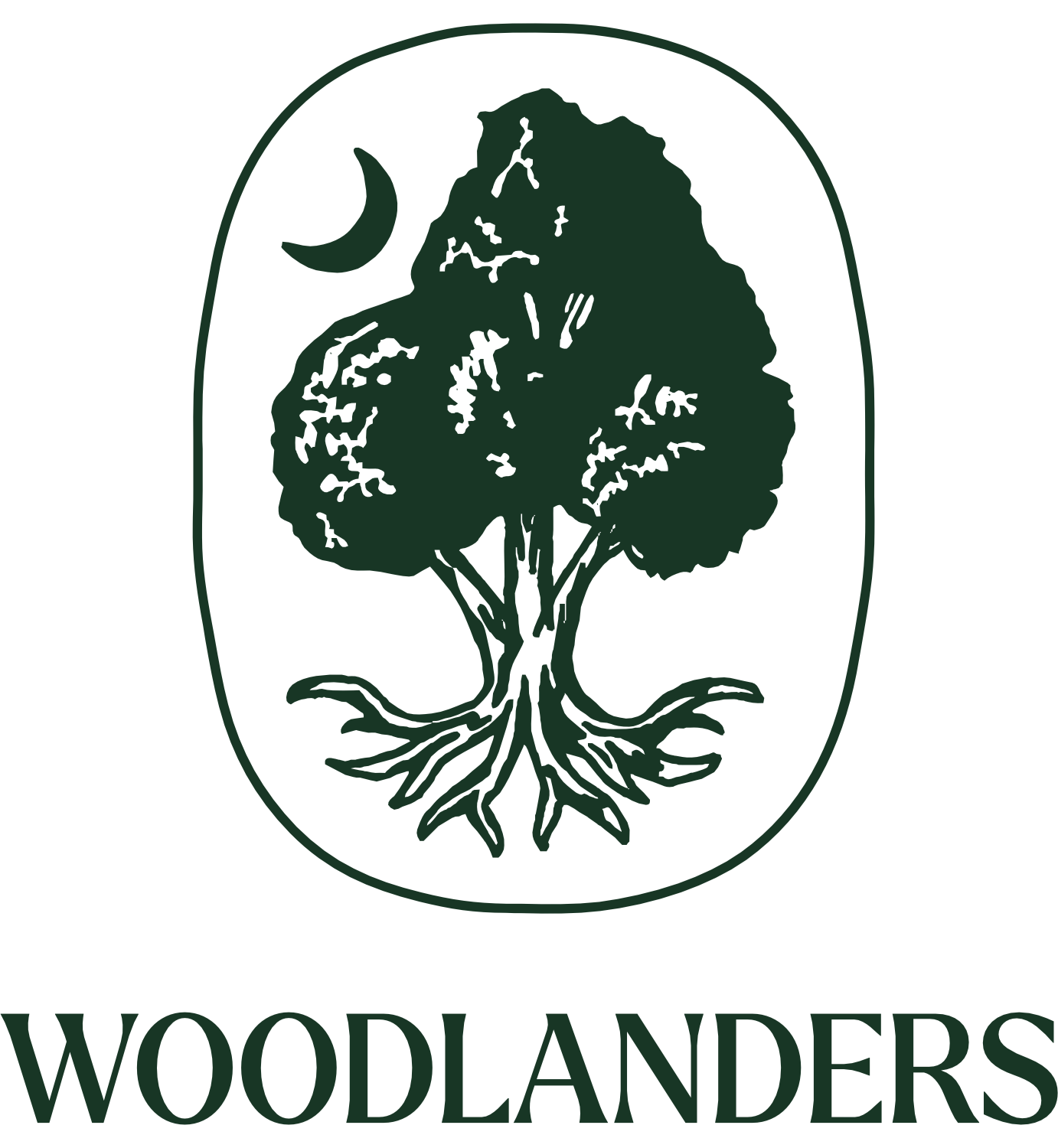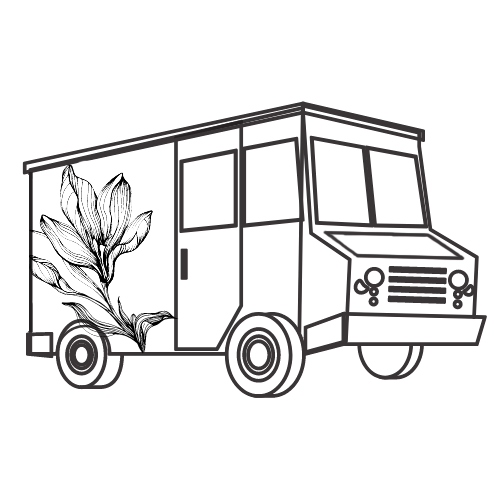





Hop Tree, Wafer Ash
Ptelea trifoliata
| Hardiness Zones 3-9
A unique and underappreciated native tree, Ptelea trifoliata, commonly known as the Hop Tree or Wafer Ash, is a small, bushy deciduous tree that thrives in a wide range of conditions.
Highly adaptable, it can tolerate dry, rocky soils as well as moist, well-drained sites, making it an excellent choice for naturalized landscapes, pollinator gardens, or woodland edges.
Its distinct trifoliate leaves—reminiscent of those of hoptrees and citrus relatives—emit a pleasant citrusy scent when crushed. In spring, this tree produces clusters of small, pale yellow-green flowers that are intensely fragrant, attracting bees, butterflies, and other pollinators.
These blooms give way to its notable wafer-like winged seeds, which persist into winter, adding visual interest and serving as a food source for wildlife. The seeds were historically used as a hop substitute in brewing, lending the tree its common name.
A standout in butterfly conservation, the Hop Tree serves as an important larval host plant for the Giant Swallowtail (Papilio cresphontes) and other swallowtail butterflies, making it a must-have for butterfly enthusiasts and native plant lovers alike.
Its ecological benefits, combined with its drought tolerance and ease of growth, make it an excellent choice for anyone looking to add biodiversity and resilience to their landscape.
Native Range: Found throughout eastern North America, extending into the Midwest and Southwest, the Hop Tree is well-suited for USDA Zones 4–9 and can thrive in full sun to partial shade.
Mature Size: Typically grows 10-20 feet tall and wide, forming a rounded, shrubby habit that fits well into smaller gardens or as an understory species.
Key Features:
- Fragrant yellow-green spring flowers that attract pollinators
- Trifoliate aromatic leaves with citrus-like scent
- Distinctive winged seeds that persist into winter
- Host plant for the Giant Swallowtail butterfly
- Tolerant of dry, rocky, or poor soils
If you’re looking for a hardy, wildlife-friendly native tree with year-round interest, Ptelea trifoliata is a fantastic addition to any naturalistic or butterfly garden!
Pickup currently unavailable at Aiken Nursery
Schedule Delayed Shipping in your Cart
Plant Specs
- Zones: 3 - 9
- Sun: Full Sun and Part Shade
- Soil: Dry, Sandy, Loam, and Limestone soil
- Height at Maturity: 15 - 18 Feet
- Spread at Maturity: 6 - 10 Feet
- Growth Rate: Moderate
Deciduous
Flower/Foliage
Care Info
Here’s a closer look at how we produce our plants:
From rooting to shipping, our top priority is ensuring you receive healthy, thriving plants for your garden’s success.

The majority of our plants are carefully cultivated from rooted cuttings, while we also utilize propagation methods such as seed, air layering, and grafting, thoughtfully chosen to suit each plant’s unique needs.

Our plants are cultivated using sustainable practices, including organic soil blends and eco-friendly pest management, ensuring they thrive while minimizing environmental impact.

We are proud to contribute to local biodiversity through ongoing donations to the Aiken Arboretum and support for local wildlife conservation efforts, helping to preserve and enhance our community’s natural ecosystems.
Frequently Asked Questions
What to expect upon delivery
All our plants are sold in 1-gallon sizes, though the height of each plant can vary depending on its growth rate and seasonality, typically ranging from 1/2 to 2.5 feet.
Each plant is carefully packaged with its roots enclosed in a secure plastic bag containing moist soil, forming a compact root ball. To ensure safe transport, the box is padded with recycled newspaper, providing both stability and eco-friendly protection from weather during shipping.
What is your return policy?
Review our full return policy information on our SHIPPING AND RETURNS POLICY page.
What payment methods can I use?
We offer 35 different payment methods including major providers like Mastercard, Visa, PayPal, American Express and Diners as well as many different local payment methods including Klarna, iDEAL, AliPay, Sofort, giropay, and many more.
Can I make changes to my order after it’s been placed?
At Woodlanders, we strive to fulfill orders as quickly as possible. Therefore, we can only accommodate changes to your order within the first 24 hours after it has been placed. These changes include adding or removing products and modifying the delivery address. If you need to make any changes or if there has been a mistake with your order information, please reach out to us promptly via our CONTACT page with your order number for the quickest resolution.
Your satisfaction is our priority, and we appreciate your understanding and cooperation.


